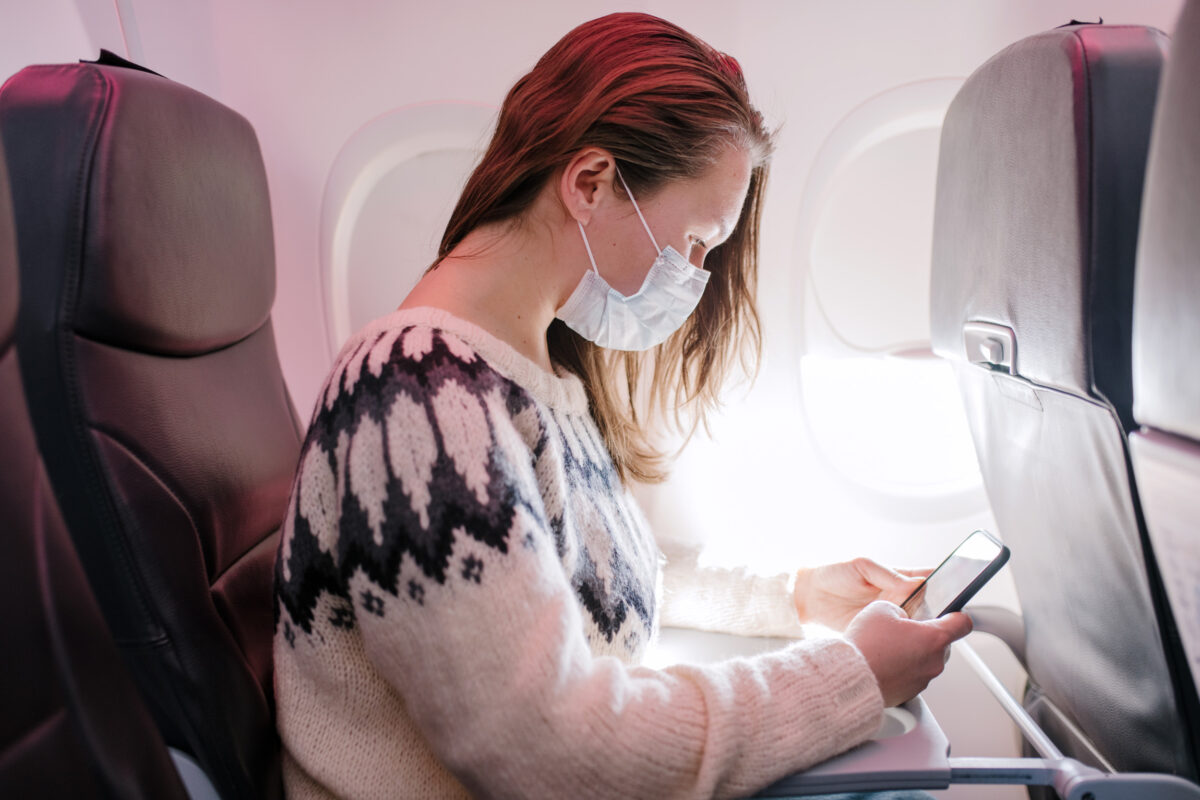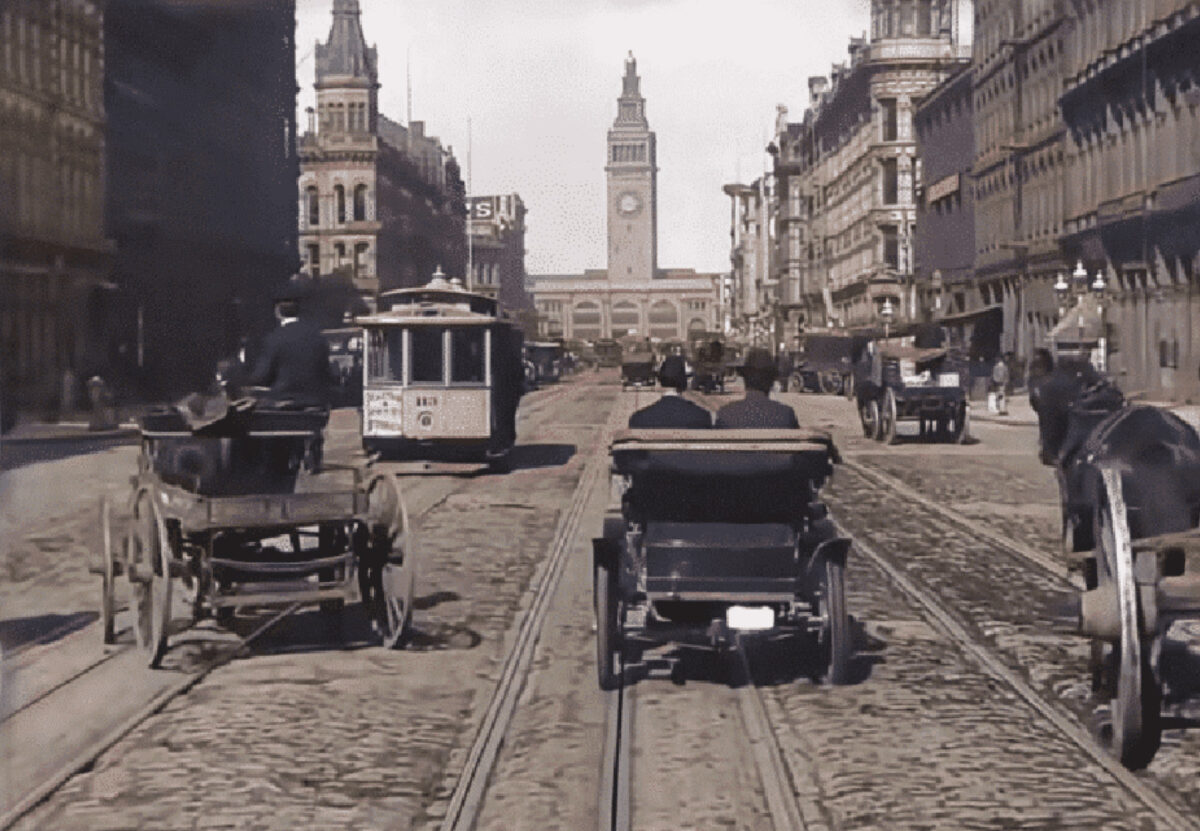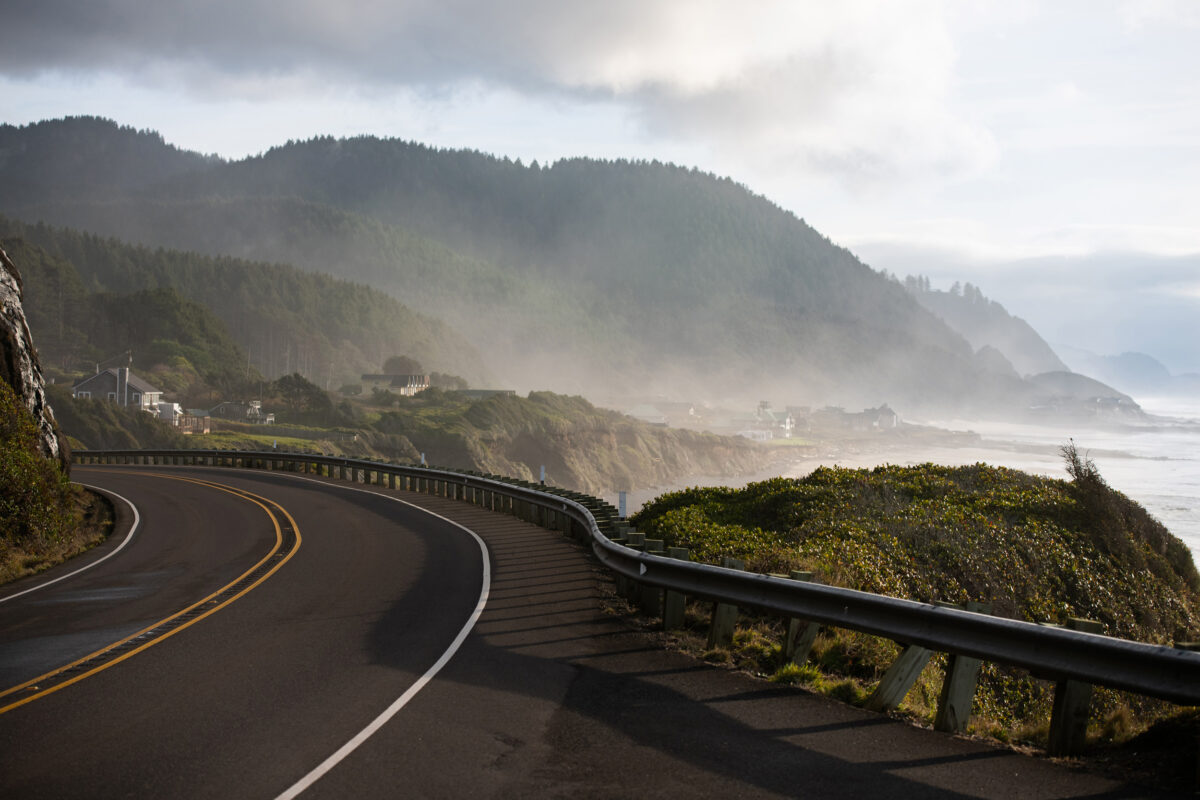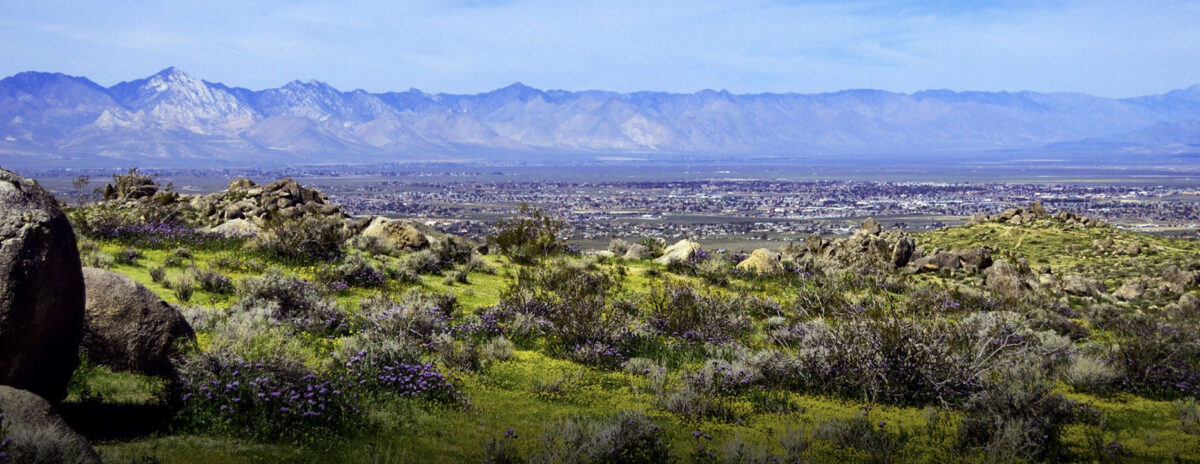The current coronavirus outbreak is helping us learn and practice what it takes to be resourceful. As a result, we will be better equipped to face the next earthquake or other natural disaster.
Last Thursday I stopped by the supermarket on the way home from work, out of habit, just to pick up a few things. This was before the schools decided to close and before broad circulation of Tomas Pueyo’s article on how we can save 500,000 lives. But already, even then, the crowd buzzed with frenzy: half-excited, half-fearful, and the shelves were becoming bare.
The global pandemic of COVID19 has caused a degree of chaos and uncertainty that’s unprecedented in our lifetimes.
Those on the margins are bearing the worst of it – not just the margins of poverty, but the margins of emotional or mental health. Health care providers, even in cities where there have been NO documented cases, report being inundated with visits from the “worried well.”
But just as soon as I saw signs of panic in the grocery store, I also noticed neighbors stepping up and responding with what I like to call Willful Resilience.
Neighbors Helping Neighbors: Real Examples
Here are some real and inspirational examples I’ve personally witnessed in the past 48 hours. I understand this behavior might not be occurring everywhere, but it is happening:
- Paying it forward: Even though the child-care facility will be closed for at least three weeks, families who could afford to do so paid anyway, knowing it was the only source of continued income for the child-care providers.
- Staying connected: Neighbors are spontaneously forming “pods” to check in on each other and look after each other’s needs.
- Supporting each other: Families have arranged small-group video-based home-schooling, taking turns who will plan and deliver lessons.
- Self-reliance: Neighborhood leaders have gathered fuel and supplies in case “social distancing” lasts much longer than we all anticipate.
- Abundant generosity: Neighbors with vacant second homes have shared them.
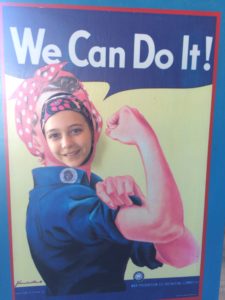
Willful Resilience is resilience as a choice. It’s our innate human ability to face adversity, draw upon inner strength, see each other’s commonalities and respond with compassion and resourcefulness. It’s the choice to summon tenacity in a time of crisis, and to do it together.
It gives me hope to see willfully-resilient behavior in response to COVID19, because it affirms the very reason I founded Jumpstart. Jumpstart builds financial resilience after an earthquake by delivering immediate funds that can be used for anything needed to start getting life back to normal. The sooner we can meet our own needs, the sooner we can help our neighbors and communities by taking socially-responsible actions.
Learning Through Experience
Even if it’s hard to see right now, this current crisis is helping us learn and practice what it takes to be resourceful and what it means to choose resilience. And as a result, we will be better equipped – as individuals, and as a community – to face the next earthquake or other natural disaster. The specific types of chaos and uncertainty will be different, but this pandemic will have taught us what it takes to look after ourselves and each other.
So instead of panic, take heart: when we meet hardship with human resourcefulness – with Willful Resilience – even the most devastating setbacks can be overcome.
Willful Resilience – choosing to help each other cope. Pass it on.
